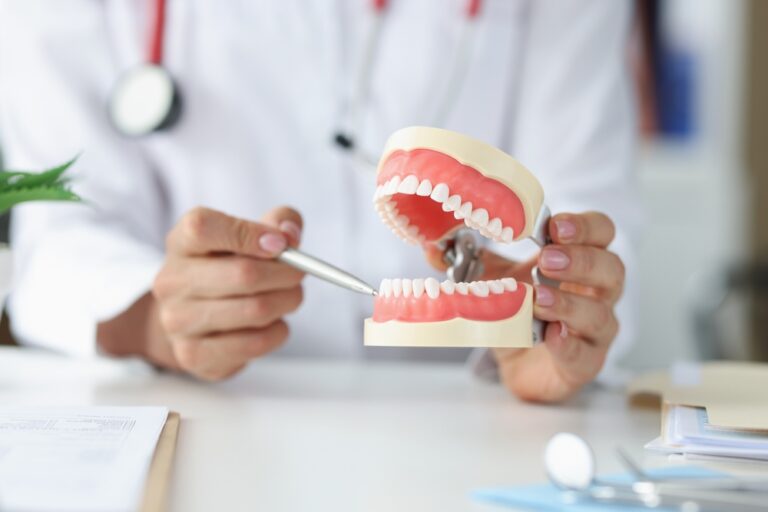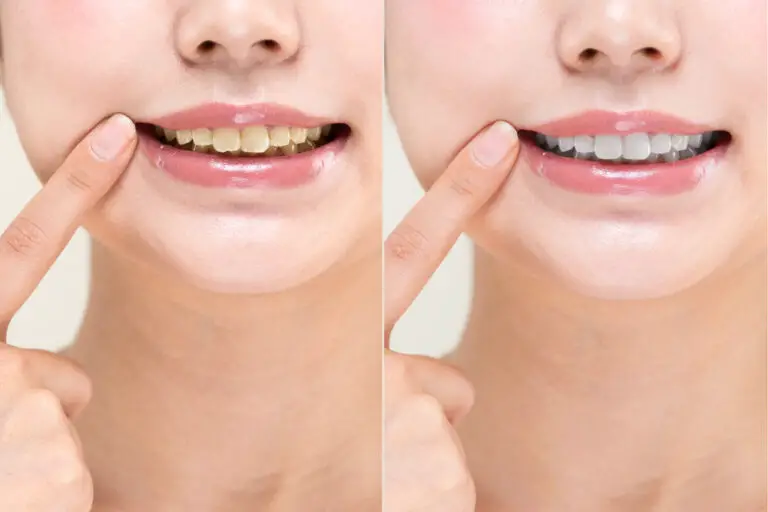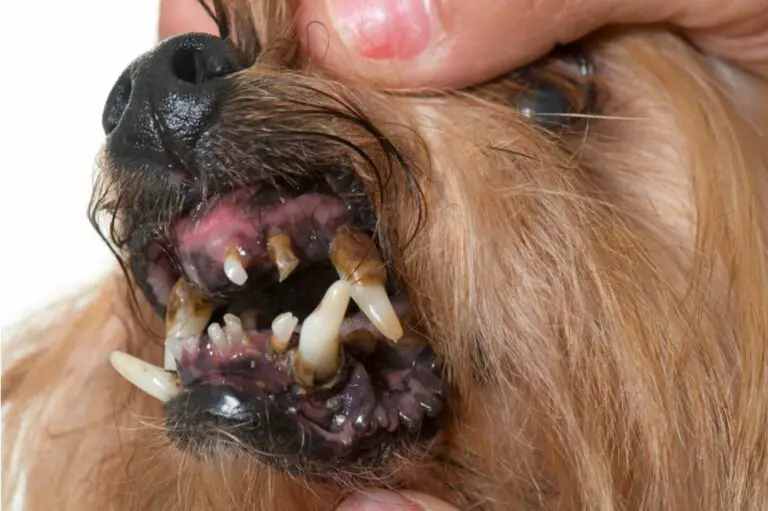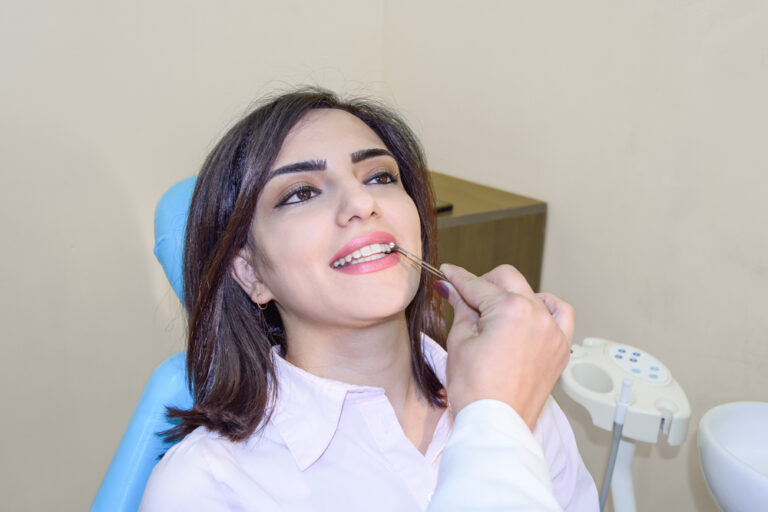Many people wonder why they can’t see their upper teeth when they smile. The upper teeth being hidden during a smile is actually a natural phenomenon due to the anatomy of the mouth and structure of the lips. Understanding the reason behind this can help you learn how to show more upper teeth intentionally for photographs and improve your smile overall.
Anatomy of the Mouth

The structure and position of your upper jaw plays a key role in how much of your upper teeth show when smiling.
The Maxilla
The maxilla, also known as the upper jaw, contains the upper teeth. The size and protrusion of the maxilla impacts tooth visibility.
- A retruded maxilla is positioned farther back in the face. This causes less of the upper teeth to show when smiling. A retruded maxilla may be genetic or caused by poor oral posture over time.
- A protruded maxilla sits more forward in the facial profile. This allows more of the upper teeth to be seen when smiling. A protruded maxilla is considered more aesthetically pleasing by some.
The natural position of your maxilla is based on genetics and can be influenced by habits over time. For example, chronic mouth breathing may cause the maxilla to develop farther back into a retruded position during childhood facial growth. Orthodontic intervention like palate expanders can protrude and widen the maxilla to a more forward position if done while still developing.
High Smile Line vs Low Smile Line
The vertical position of the maxilla also differs among people, creating either a high or low upper smile line:
- High smile line – The maxilla sits lower in the face, revealing 4-8mm or more of the upper teeth when fully smiling. This is considered a “gummy smile”.
- Low smile line – The maxilla sits higher in the face, showing 2-4mm of upper tooth or less when fully smiling. The average person has a low smile line with minimal gingival display.
Your natural smile line depends on the vertical position of your maxilla, determined by genetics. However, orthodontics and restorative treatments can impact the smile line height. Intrusion mechanics with braces can elevate a gummy smile. Crown lengthening surgery also reduces excessive gingival display.
Lip Anatomy and Movement
The lips must part and elevate to reveal the teeth during a smile. The shape and size of your lips impacts how much of the upper teeth can be seen.
Lip Shape
The natural shape of the lips can conceal the teeth, even when smiling fully.
- Thicker lips with more tissue and volume hide more of the upper teeth when smiling. Collagen injections can increase lip fullness.
- Thinner lips with less tissue allow more of the maxilla and teeth to be exposed when smiling. As people age, the lips become thinner due to collagen loss.
Lip shape is mostly genetic but can be temporarily altered with injections or permanently with surgery.
Lip Mobility
How much your lips can elevate and part also determines upper tooth visibility when smiling. Limited lip mobility results in more concealed upper teeth. Reasons for decreased lip mobility include:
- Oral habits like chronic lip sucking or biting can tighten lip muscles over time. This may require myofunctional therapy to retrain muscle movement.
- Smoking causes collagen loss, making lips tighter. Quitting smoking can improve flexibility.
- Facial paralysis due to Bell’s palsy, stroke, or nerve injuries restricts lip movement. Physical therapy helps increase mobility.
- Aging leads to loss of elasticity over time.
Performing facial exercises to stretch and relax the lips can help improve mobility. Botox injections paralyze lip muscles allowing less animation but greater tooth exposure.
Other Factors Influencing Upper Tooth Visibility
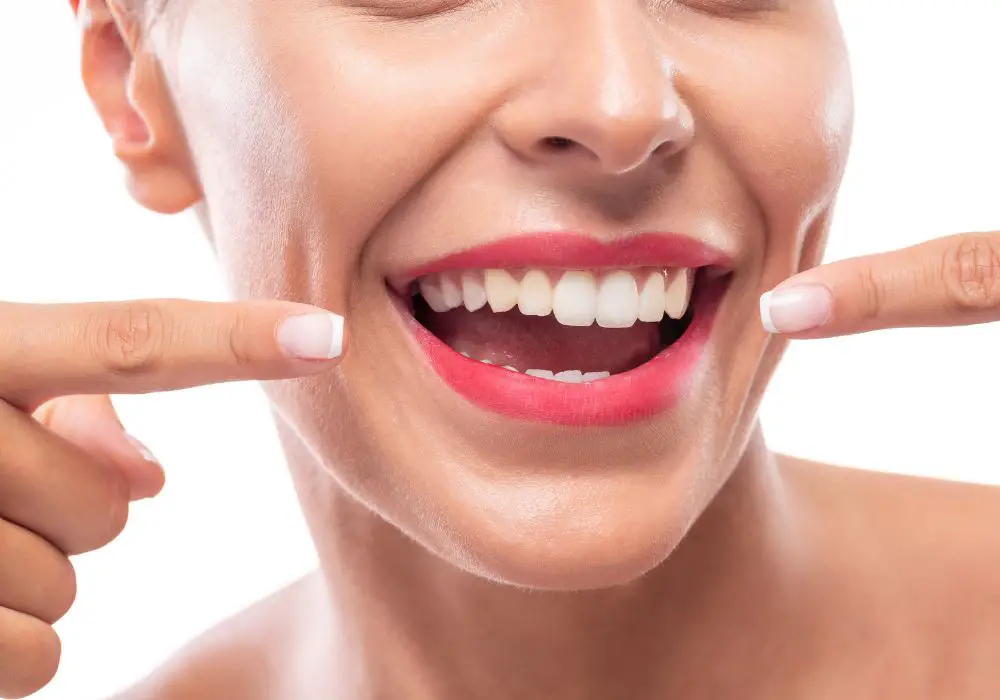
A few other aspects of your facial anatomy impact how much upper tooth is seen in a smile.
Nose Size and Shape
A larger, bulbous, or more protruding nose sits closer to the upper lip, limiting space for upper teeth display. Upturning the tip of the nose can increase upper tooth exposure.
Chin Position
A recessive or small chin may cause the lower lip to sit higher, concealing more upper tooth. An overdeveloped chin can also block tooth visibility. Chin reduction surgery can help improve smile esthetics.
Facial Hair
Mustaches, beards, and side burns cover the upper lip, blocking views of the maxilla and teeth. Shaving or waxing facial hair can reveal more of your natural smile. Goatees emphasize only the lower teeth.
Excess Skin
Loose, hanging skin around the mouth from weight loss or aging can obstruct upper teeth visibility. A facelift pulls and tightens facial skin for an optimal smile frame.
Tips for Showing More Upper Teeth
While the natural amount of visible upper tooth is genetic, there are some tricks to intentionally show more of your teeth for photos and social situations.
Smile Widely
Open your mouth wider and smile broadly to part your lips more. This simple act can reveal substantially more upper tooth display. Practice in a mirror to find your fullest smile.
Retract Corners of Mouth
Gently pulling back the corners of your closed mouth before smiling can elevate your lips higher as you smile. Place your fingers in the corners and pull back lightly.
Lift Upper Lip
Lightly placing a finger beneath your upper lip and lifting up as you smile pulls more of the upper teeth into view. Be very gentle to avoid strain.
Alter Head Position
Tilting your head up slightly when you smile can expose more of the upper teeth. Lifting the chin creates a similar effect.
Try Dental Apparatus
Clear dental devices like Invisalign, snap-in veneers, or mouth guards can create the appearance of a broader smile, showing more teeth without permanency.
Seek Orthodontic Treatment
Consult an orthodontist to learn if your natural smile line can be altered with treatment like braces, elastic bands, or maxillary expansion. This is ideal for teenagers.
Get Tooth Contouring
A dentist can subtly reshape and round the edges of the upper teeth to make them appear a bit longer and more visible when smiling.
Get Veneers
Porcelain veneers extend the length of the upper teeth for those with uneven edges or excessive spacing. Most patients show 2-4mm more of the teeth after treatment.
Get Crown Lengthening
A minor gum lift or crown lengthening surgery reduces excessive gingival covering of the teeth. This reveals more of the upper teeth for a gummy smile.
Get Lip Enhancements
Dermal fillers volumize and turn the lips outward more, allowing greater tooth display. A lip lift shortens the upper lip for a broader smile.

Frequently Asked Questions
Why do some people show more upper teeth naturally?
Genetics play the biggest role in how much upper tooth is visible. A protruded maxilla, high smile line, thinner lips, small nose, minimal facial hair, and a receding chin all naturally predispose someone to showing more upper teeth when smiling. The most attractive smiles display 2-4mm of the upper teeth.
Can I permanently show more upper teeth?
Yes, several treatment options can increase upper tooth display permanently. Orthodontics like braces and maxillary expansion alter jaw position over time. Dental veneers and crown lengthening uncover more of the teeth. Plastic surgery such as a lip lift, chin reduction, or rhinoplasty provide a more ideal smile frame.
Is it normal to show no upper teeth when smiling?
Showing zero upper teeth when smiling is normal for the average person. A retruded maxilla, thicker lips, prominent nose, and ample facial hair make it likely your upper teeth will be mostly concealed. As long as you have healthy oral alignment, lack of upper tooth visibility is not inherently problematic.
Should I get veneers just to show more upper teeth?
Veneers solely for increasing upper tooth display are generally not recommended. Minimal tooth reduction is ideal and veneers may be excessive if you have no other cosmetic concerns. Try more conservative methods first like smiling techniques, lip exercises, and orthodontics if you wish to show more teeth. However, small veneers can add balance to a gummy smile.
Can children have their smile line altered?
Yes, maxillary expansion and braces are commonly done on children and teens to protrude the upper jaw and increase tooth visibility. Early orthodontic intervention most effectively improves smile esthetics for the long term. Permanent veneers should wait until full facial growth has occurred.
Conclusion
The amount of upper tooth display when smiling depends on your natural lip shape, maxilla position, and multiple other anatomical factors. Showing 2-4mm of tooth is generally considered the most attractive amount of display for a pleasant smile. While minimal visibility is normal for some, various dental and surgical treatments can increase upper tooth exposure for those desiring such. Work with professionals to determine the safest options for your particular anatomy.

